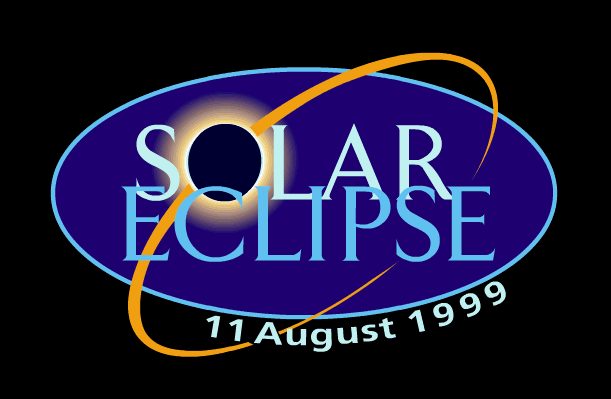 In
brief
In
brief In
brief
In
brief|
The main effect of the passage of the eclipse is expected to be in the strength of sky wave signals you receive in the VLF/LF/MF and the lower frequency end of the HF band. The experiment requires noting down the strength of radio signals to and from the Continent, before, during and after the eclipse. That means between about 8:30am and 13:00pm (British Summer Time) on the 11th August 1999. Unfortunately the values from 99% of S-meters are too unreliable to be used directly for measuring received signal strength. So it is advisable to calibrate your S-meter into dB. Detailed advice on how to do this is available here. For this experiment to work you or your contact has to be transmitting the same power each time the other makes a note of the what signal level is being received. CW is ideal. The transmitter could be a suitable beacon or you way want to pair up with one of your regular contacts abroad. Or better still you can join one of the SSB Nets that are being set-up. In this case people in groups of less than 20 will make contact in sequence, always broadcasting their call sign then a brief cw tone at the same output power level each time. Several RSGB members are already volunteering to help co-ordinate the nets. Deciding to do these experiments as a club means expertise and equipment
can be shared and more frequencies covered. This way maybe particularly
helpful for the S-meter calibration and gathering together of the results
afterwards.
|